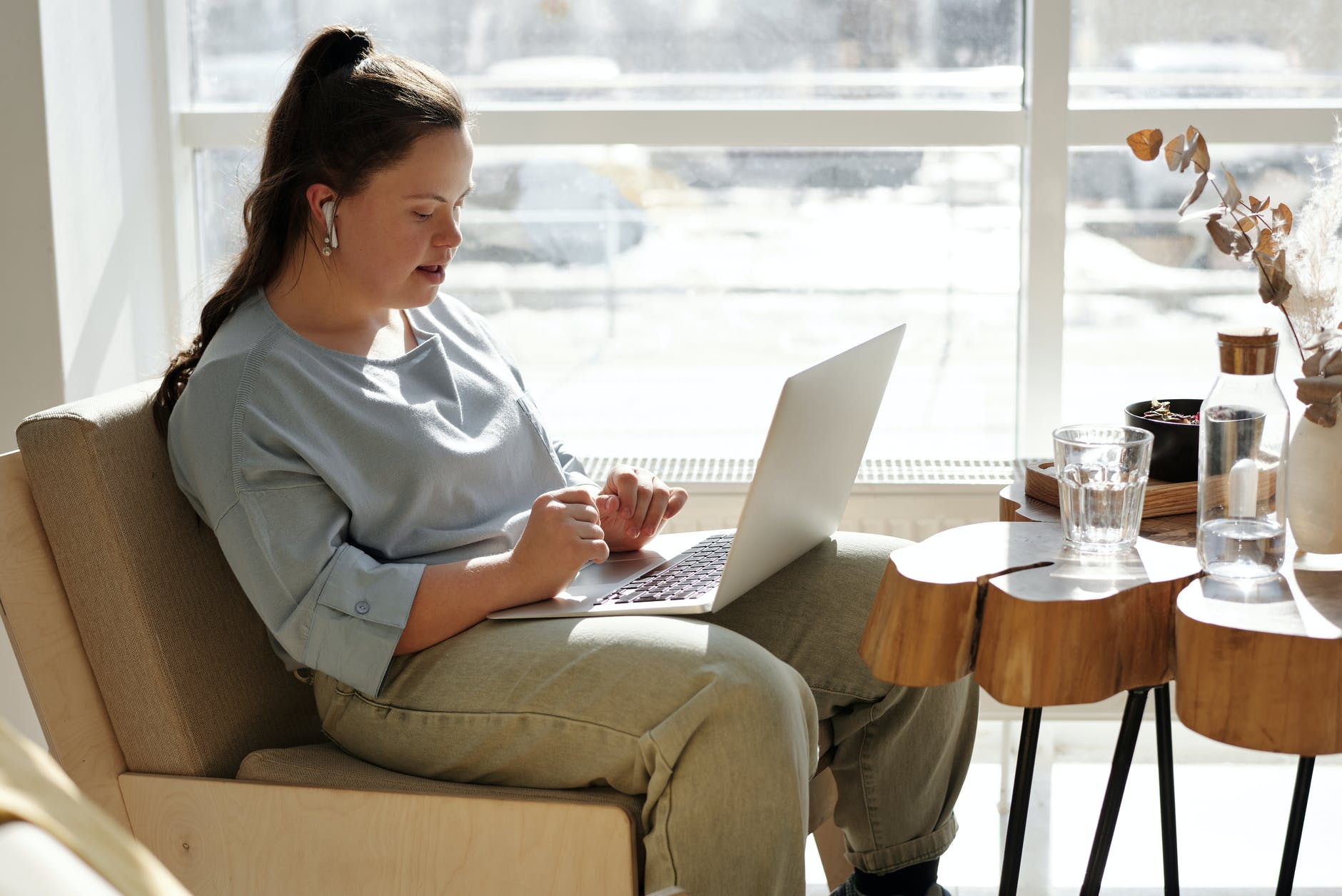
Many families accessing the National Disability Insurance Scheme (NDIS) during the COVID-19 pandemic had positive outcomes and benefited from the move to telehealth, new research has found.
The National Disability Insurance Agency (NDIA) worked in partnership with the University of Melbourne to produce a two-part report analysing participants' experiences accessing and receiving supports remotely via telehealth video and phone sessions, and their experience dealing with the NDIS during the pandemic.
University of Melbourne Chair of Physiotherapy, Professor Kim Bennell, said the survey of almost 2400 NDIS participants found many were able to successfully receive supports, albeit in a different manner to what they had previously been used to.
"Our survey found 63 per cent of participants were able to move their NDIS-funded allied healthcare services to remote delivery via video or telephone," Professor Bennell said.
"Many found it easier and more convenient than travelling to in-person appointments. For some, it made available services that they previously couldn't access. About one in three participants said they were likely to use telehealth services after the pandemic."
Highlights of the University of Melbourne report, 'Participant experiences with NDIS services during the COVID-19 pandemic' showed:
- Two in three participants felt their recent NDIS experience was better or the same as their previous face-to-face meetings.
- 45 per cent of participants said they would likely choose a plan review by phone or video in the future.
- Most participants found telehealth technology easy to use, felt comfortable and safe and believed the care they received from allied healthcare professionals during consultations was effective.
Professor Bennell, who led the NDIS participant survey with Dr Belinda Lawford, also has lived experience with the NDIS, with a daughter a participant of the Scheme. "Our experience with telehealth was very positive," Professor Bennell said.
"My daughter, Chloe, received speech therapy and physiotherapy sessions virtually, and we found it just as effective as going in person but safer and much more convenient."
The NDIA's Scheme Actuary Agency also produced a report on outcomes for participants, families, and carers, comparing them to levels before the pandemic, over a three-month period of COVID and the period following.
Highlights of the report, 'Participant and family/carer outcomes: COVID-19 impact', included:
- Baseline modelling (Scheme entry) showed the percentage of children aged 14 and under who attend school in a mainstream class increased to a slightly higher rate.
- The percentage of parents/carers who say their child fits in with the everyday life of the family also increased to a higher level.
- With respect to having a regular doctor, participants aged 25 and over were less likely to deteriorate between baseline and later reviews during the COVID period.
NDIA Chief Executive Officer Martin Hoffman said the NDIA introduced temporary measures in 2020 to ensure NDIS participants continued to receive their essential disability-related supports.
"These reports give us an insight into the success of those measures, and the ability of our participants to access their supports during what was a very challenging period for everyone," Mr Hoffman said.
The University of Melbourne research results are available. The reports on Participant Experience and Participant and Family/Carer Outcomes, are available on the NDIS website.






